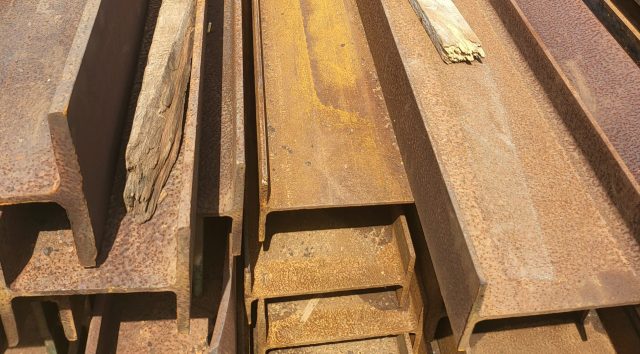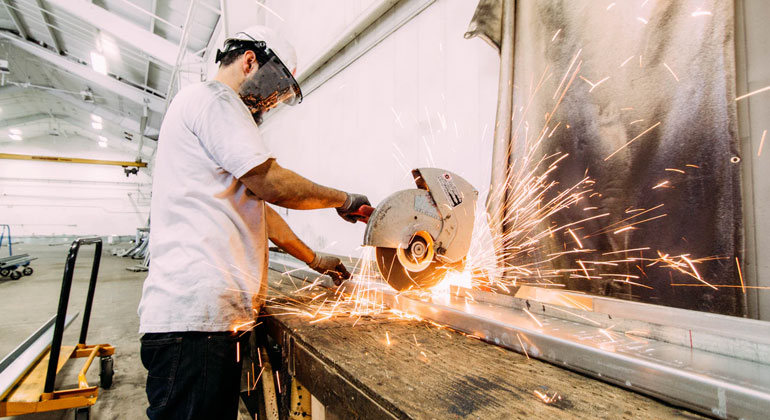A fully restrained steel beam, also known as a “fully fixed beam,” refers to a structural element that is rigidly supported at both ends, meaning it cannot rotate or translate. This type of support provides the highest level of restraint to the beam’s movement.
In the context of structural engineering and construction:
- Rotation Restrained: A fully restrained beam cannot rotate at its supports. This means that the beam is prevented from swiveling or pivoting at either end.
- Translation Restrained: A fully restrained beam is also prevented from moving horizontally (translation) at its supports. It is held in a fixed position along its entire length.
Fully restrained beams are often used in structural designs where there is a need to resist lateral loads, such as wind or seismic forces. By providing full restraint at the supports, these beams are better able to withstand such loads and maintain their position and shape. They are commonly found in buildings and other structures, especially in situations where stability and rigidity are critical.

In contrast, partially restrained beams or simply supported beams allow for some degree of rotation and translation at their supports, which can be important for accommodating movement and reducing stress in certain structural systems. The choice between fully restrained and partially restrained beams depends on the specific requirements of the design and the expected loads the structure will experience.
Certainly, here are some additional points related to fully restrained steel beams:
- Types of Supports: Fully restrained beams are typically supported by fixed or built-in connections. These connections can include moment-resistant connections or fixed bearing supports. Moment-resistant connections are designed to resist rotation and translation, ensuring the beam remains fully restrained.
- Load Distribution: Fully restrained beams are efficient in distributing loads and moments. When subjected to external forces or moments, the entire length of the beam contributes to resisting these loads, which can reduce the bending stresses and deflection of the beam.
- Stability and Safety: Fully restrained beams are used in structures where stability and safety are paramount. They are often employed in high-rise buildings, bridges, industrial facilities, and other critical structures to ensure that they can withstand the forces and loads they may experience during their lifetime.
- Design Considerations: The design of fully restrained beams, including the connections and the overall structural system, is critical. Engineers must carefully consider factors like material properties, load calculations, and the behavior of the beam under different loads to ensure that it performs as intended.
- Challenges and Costs: While fully restrained beams provide excellent stability and load distribution, they can be more complex and expensive to design and construct compared to simply supported or partially restrained beams. The added rigidity and special connections may require more materials and labor.
- Maintenance: Fully restrained beams are often used in structures where long-term maintenance and safety are important. Regular inspection and maintenance are necessary to ensure that the connections and supports remain in good condition over time.
In summary, fully restrained steel beams are critical components in the construction of stable and robust structures. They provide a high level of support, resist rotation and translation, and are commonly used in situations where structural integrity and safety are of utmost importance. The design and construction of these beams require careful consideration and engineering expertise.






1 Comment
bildpress
September 27, 2020Lorem ipsum dolor sit amet, consectetur adipisicing elit, sed do eiusmod tempor incididunt ut labore et dolore magnaaliqua.